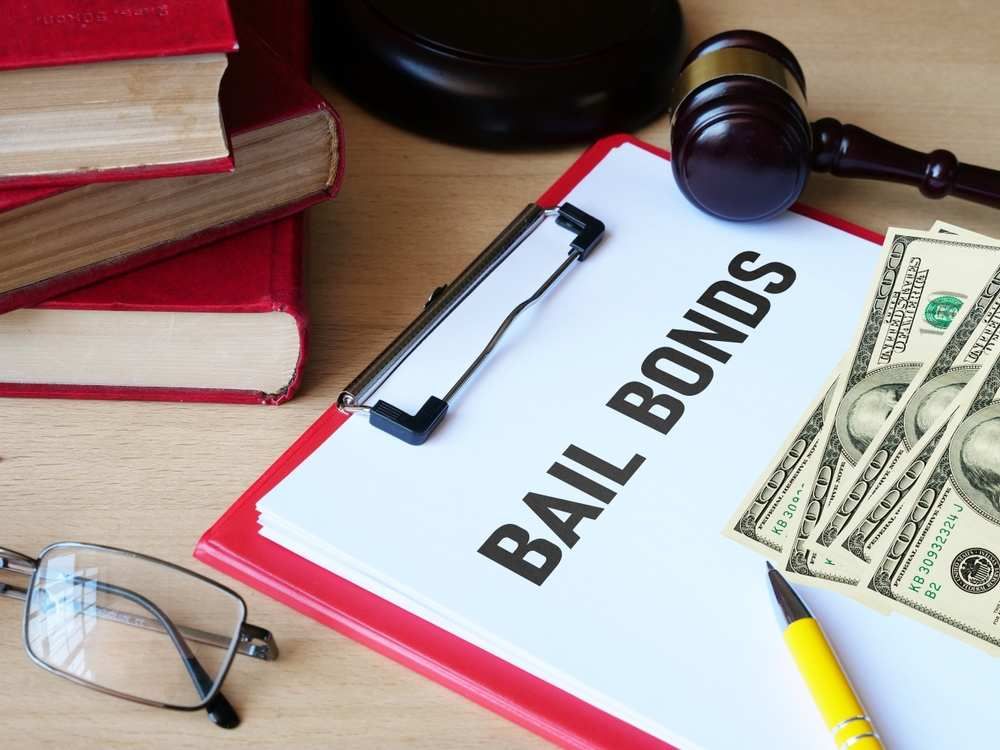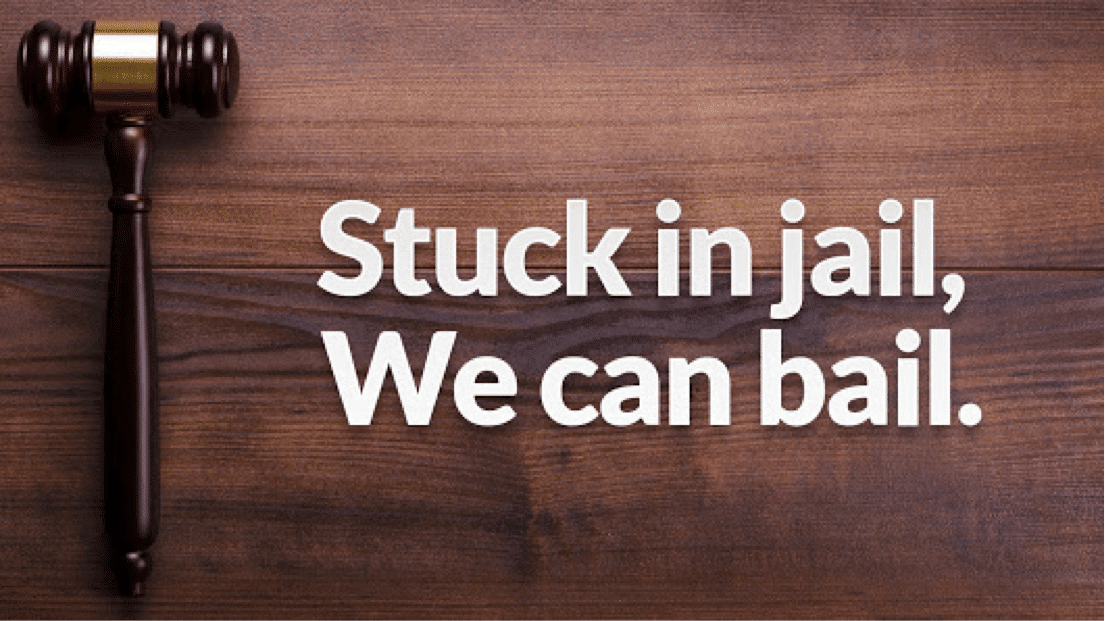A Comprehensive Take A Look At the Bail Bonds Process in Los Angeles
A Comprehensive Take A Look At the Bail Bonds Process in Los Angeles
Blog Article
Understanding the Basics of Bail Bonds: What You Need to Know
Navigating the intricacies of bail bonds is a vital element of the lawful system that can dramatically influence the implicated's journey with court procedures. A bail bond acts as a monetary assurance for the court, facilitating temporary release from custodianship while awaiting trial. Nevertheless, the complexities of how bail bonds run, the various types offered, and the crucial considerations in picking a trusted bail bondsmansman can be intimidating. Recognizing these aspects is essential, as the effects of mistakes may lead to unpredicted difficulties that expand much beyond the court room. What are the essential aspects that a person must realize to properly navigate this process?
What Is Bail?
Bail is a monetary setup that enables a specific implicated of a criminal offense to be launched from guardianship while awaiting test. The key purpose of bail is to ensure that the accused stands for future court process (Los Angeles Bail Bondsman). Normally established by a court, the bail amount differs relying on the nature of the crime, the accused's criminal history, flight danger, and various other important aspects
When bail is provided, the accused or an agent needs to pay a defined sum, which might be in cash or through a bail bond. Sometimes, bail can be denied entirely, specifically for significant offenses or if the suspect positions a significant danger to public safety and security. The principle of bail is rooted in the assumption of innocence, strengthening the concept that people need to not be penalized prior to a conviction.

Recognizing Bail Bonds
A bail bond is an economic tool that facilitates the release of an accused person from custody, acting as a guarantee for their appearance at future court dates. This arrangement enables accuseds to preserve their flexibility while waiting for test, lowering the burdens related to incarceration. The bail bond procedure typically involves a third-party company, known as a bondsman, who offers the required funds to the court on behalf of the implicated.
Bail bonds come in various kinds, consisting of guaranty bonds, residential property bonds, and money bonds, each with unique requirements and effects. Guaranty bonds, the most typical kind, need a superior payment, generally a portion of the overall bail amount, which is non-refundable. On the other hand, a property bond entails making use of property as collateral, while cash money bonds require the full bail quantity to be paid in advance.
Understanding the subtleties of bail bonds is important for accuseds and their families. It is vital to realize the prospective economic effects, consisting of fees and commitments to the bail bondsmansman, along with the lawful obligations tied to making certain court appearances. Expertise of these aspects aids in making educated decisions during a tough time.
Exactly How Bail Bonds Work
The procedure of protecting a bail bond generally involves numerous crucial actions that ensure the charged can reclaim their freedom while awaiting trial. The individual or their representative contacts a bail bondsman, who examines the instance and the associated risks. The bondsman will require info regarding the charged, consisting of the costs, the bail quantity set by the court, and any type of pertinent individual information.
When the bondsman accepts give the bond, the accused or their representative must pay a non-refundable fee, typically a percentage of the overall bail amount. This fee compensates the bail bondsman for tackling the economic threat of ensuring the accused shows up in court. In some instances, security might additionally be called for, such as residential or commercial property or important assets, which functions as security for the bond.
After any kind of security and the cost are arranged, the bondsman sends the needed documents to the court. Upon approval, the bail is posted, and the charged is released from protection. It is vital for the implicated to abide by all court dates and conditions, as failure to do so can result in the loss of the bond and prospective legal effects.
Types of Bail Bonds
Various kinds of bail bonds are readily available visit our website to fit different circumstances and needs. One of the most typical type is the guaranty bond, where a bail bondsman guarantees payment of the complete bail quantity to the court in exchange for a non-refundable fee, normally around 10% of the bail. This arrangement enables defendants to protect their launch without paying the whole bail upfront.
Another kind is the cash bond, which calls for a co-signer or the accused to pay the full bail quantity in money straight to the court - Los Angeles Bail Bondsman. This alternative is commonly chosen for reduced bail amounts, as it makes sure the cash is returned upon the accused's look at all court procedures
Residential property bonds include making use of property as security. In this case, the court puts a lien on the property, which can be waived if the accused falls short to show up.
Lastly, federal bail bonds are particularly designed for federal situations, often including greater quantities and extra intricacies. Understanding these various bail bond types is critical for defendants and their households in making educated decisions during a challenging time.
Selecting a Bond Bail Bondsman
When selecting visit this site right here a bail bondsman, it is necessary to take into consideration several key elements that can influence the total experience and outcome. Assess the bondsman's track record by investigating on the internet evaluations and acquiring suggestions from relied on resources. A reputable bail bondsmansman will certainly have a background of expertise and effective instances.

The majority of bail bondsmen bill a non-refundable fee, normally around 10% of the bail amount. Openness in prices is a hallmark of a reliable bondsman.
Conclusion
Bail serves as an economic assurance of court appearance, while various more kinds of bail bonds provide to various situations. Recognizing the operational mechanisms of bail bonds and selecting a reputable bail bondsman can substantially influence the overall experience.
The ins and outs of exactly how bail bonds operate, the various types offered, and the vital factors to consider in selecting a reliable bail bondsman can be discouraging. The bail bond procedure usually includes a third-party company, known as a bond bondsman, who gives the required funds to the court on part of the accused.
The most common type is the guaranty bond, where a bail bondsman assurances repayment of the complete bail amount to the court in exchange for a non-refundable cost, normally around 10% of the bail. Bail offers as a monetary guarantee of court appearance, while numerous types of bail bonds provide to various circumstances. Comprehending the operational systems of bail bonds and choosing a trusted bail bondsman can substantially affect the overall experience.
Report this page